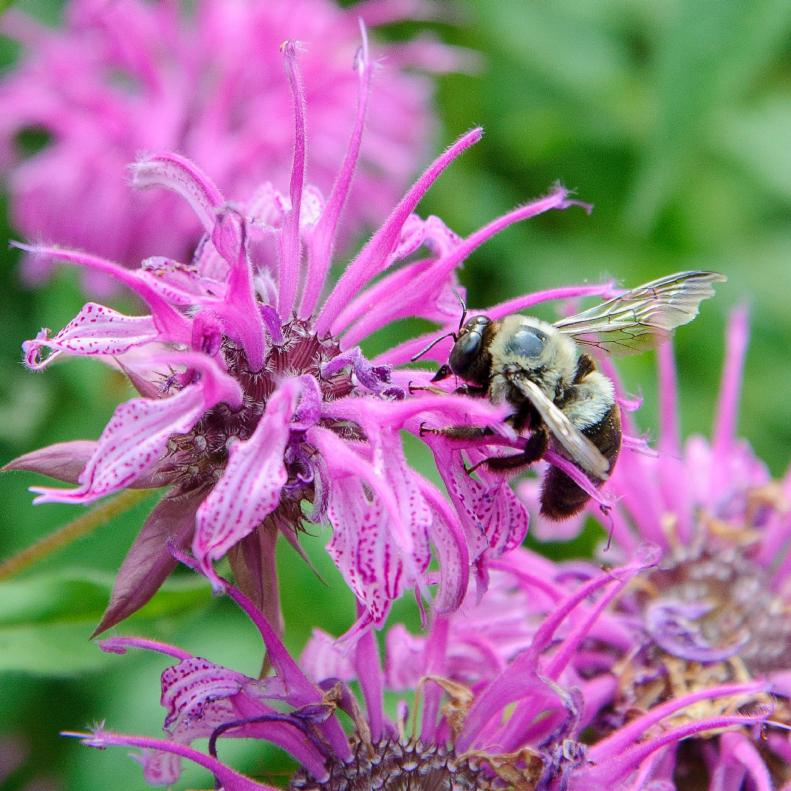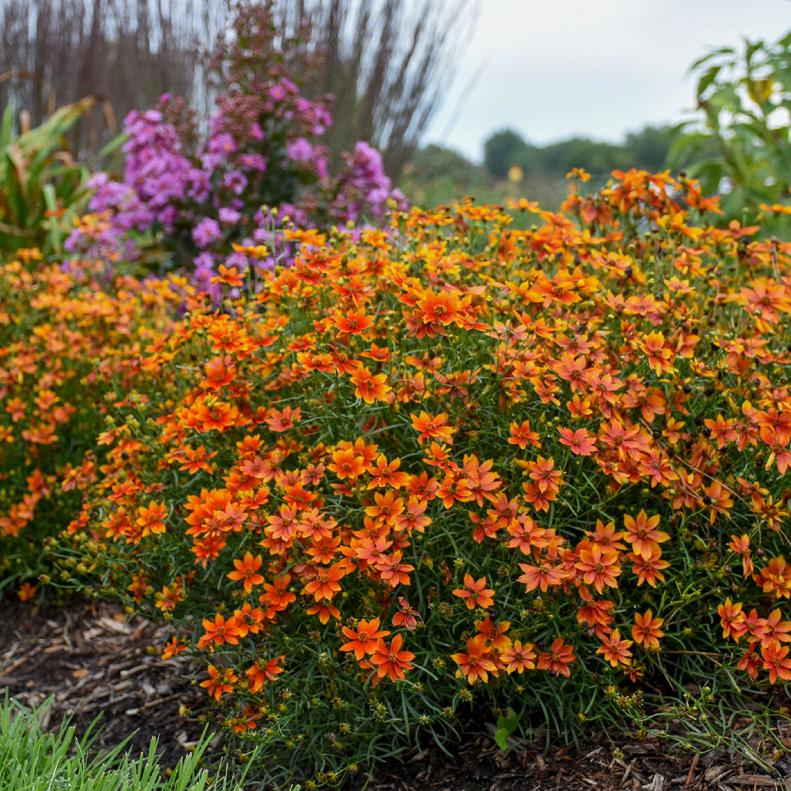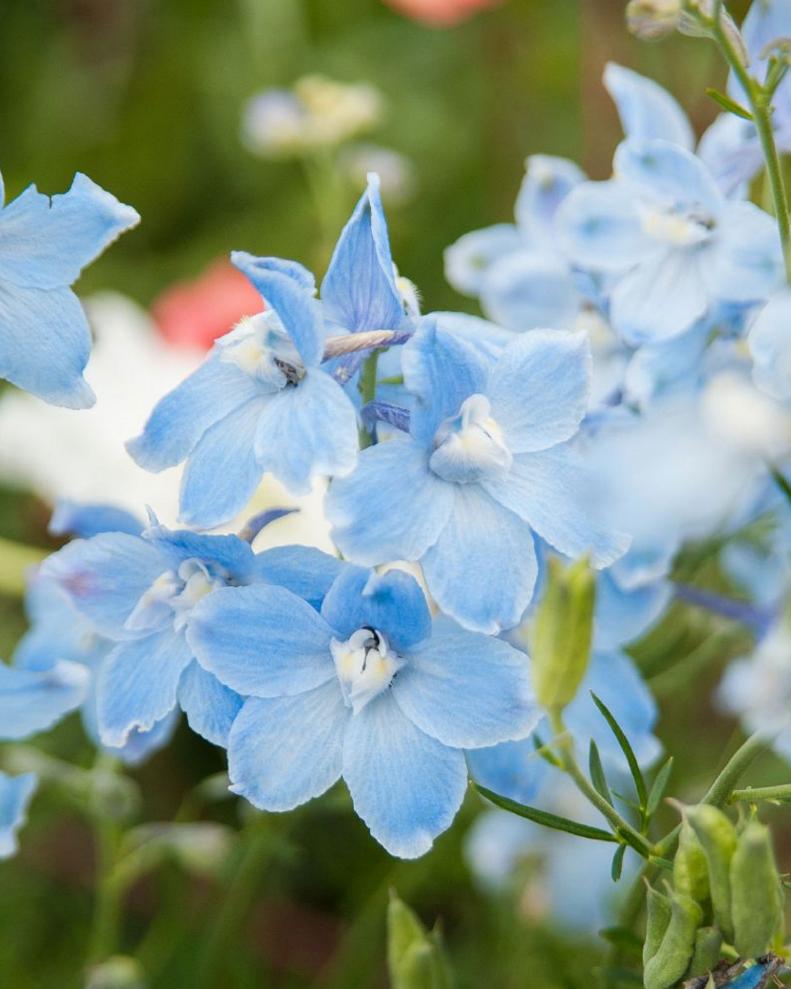1 / 10
Photo: Chicago Botanic Garden at ChicagoBotanic.org
Bee Balm
A meadow garden literally buzzes with life, thanks to a host of insects that visit classic meadow bloomers like bee balm (Monarda). Plant native bee balm or cultivated varieties—both work well in a meadow and deliver strong season-long color. As the name suggests, bee balm beckons bees (and hummingbirds) by the dozens. Bee balm is a perennial hardy in Zones 3-9, depending on type.









